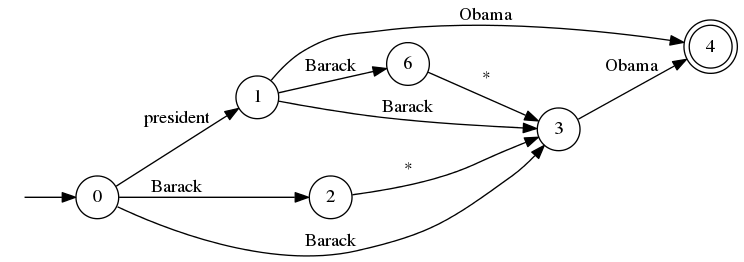Hire Al-Qaeda Programmers was all I could think of after reading:
Big Data Firm Says It Can Link Snowden Data To Changed Terrorist Behavior by Dina Temple-Raston (August 01, 2014). Which was based upon:
How Al-Qaeda Uses Encryption Post-Snowden (Part 2) – New Analysis in Collaboration With ReversingLabs by C (August 01, 2014). Which is a follow up to:
How Al-Qaeda Uses Encryption Post-Snowden (Part 1) by C.
C says in part 1 of the posts from Recorded Future
Following the June 2013 Edward Snowden leaks we observe an increased pace of innovation, specifically new competing jihadist platforms and three (3) major new encryption tools from three (3) different organizations – GIMF, Al-Fajr Technical Committee, and ISIS – within a three to five-month time frame of the leaks.
The May 2014 “research” post created a stir in the media, such as:
The Telegraph:
The latest example of how hostile groups are adapting their behaviour in the post-Snowden world comes with reports that al-Qaeda has created new encryption software so that its activities can avoid detection by surveillance agencies, such as Britain’s GCHQ listening post at Cheltenham. According to the American big data firm Recorded Future, al-Qaeda-affiliated cells have developed three new versions of encryption software to replace the previous format, known as “Mujahideen Secrets”, that Osama bin Laden’s organisation had used prior to Snowden’s revelations. The company says the most likely explanation for the new software is that Islamist terror groups are seeking to change their computer systems in the wake of Snowden’s revelations, thereby making it harder for Western intelligence agencies to track their activities and thwart potential terrorist attacks.
Ars Technica
The influx of new programs for al Qaeda members came amid revelations that the NSA was able to decode vast amounts of encrypted data traveling over the Internet. Among other things, according to documents Snowden provided, government-sponsored spies exploited backdoors or crippling weaknesses that had been surreptitiously and intentionally built in to widely used standards.
There were a number of others but I won’t bore you with repeating their uncritical repetition of the original Recorded Future report.
What is the one thing that jumps out as odd in the May 2014 Recorded Future report?
Let’s review the summary of that report:
Following the June 2013 Edward Snowden leaks we observe an increased pace of innovation, specifically new competing jihadist platforms and three (3) major new encryption tools from three (3) different organizations – GIMF, Al-Fajr Technical Committee, and ISIS – within a three to five-month time frame of the leaks. (emphasis added)
According to their blog, “over 14,000 intelligence analysts and security professionals” viewed that summary. Have you heard any concerns about the absurdity of the time frame projected by Recorded Future?
three (3) major new encryption tools from (3) different organizations…within a three to five-month time frame of the leaks
Really? Not unless Al-Qaeda programmers are better than any other known programmers or they are following a methodology that is several orders of magnitude better than any other known one.
Think about it. I don’t have to quote experts to convince you that writing, writing mind you, the RFP for an encryption tool would take more than three to five months. That leaves out any programming, testing, etc.
I realize that Edward Snowden is the whipping boy of the year for contracts and funding and I like to believe several impossible things before breakfast. But not absurd things.
If you want to cripple Al-Qaeda, hire their programmers. According to Recorded Future, they are the best programmers who have ever lived.
PS: Apologies but I don’t know how to legally obtain the Recorded Future mailing list for its blog. It would be helpful in terms of knowing who to not consult on probable time frames for software development.

